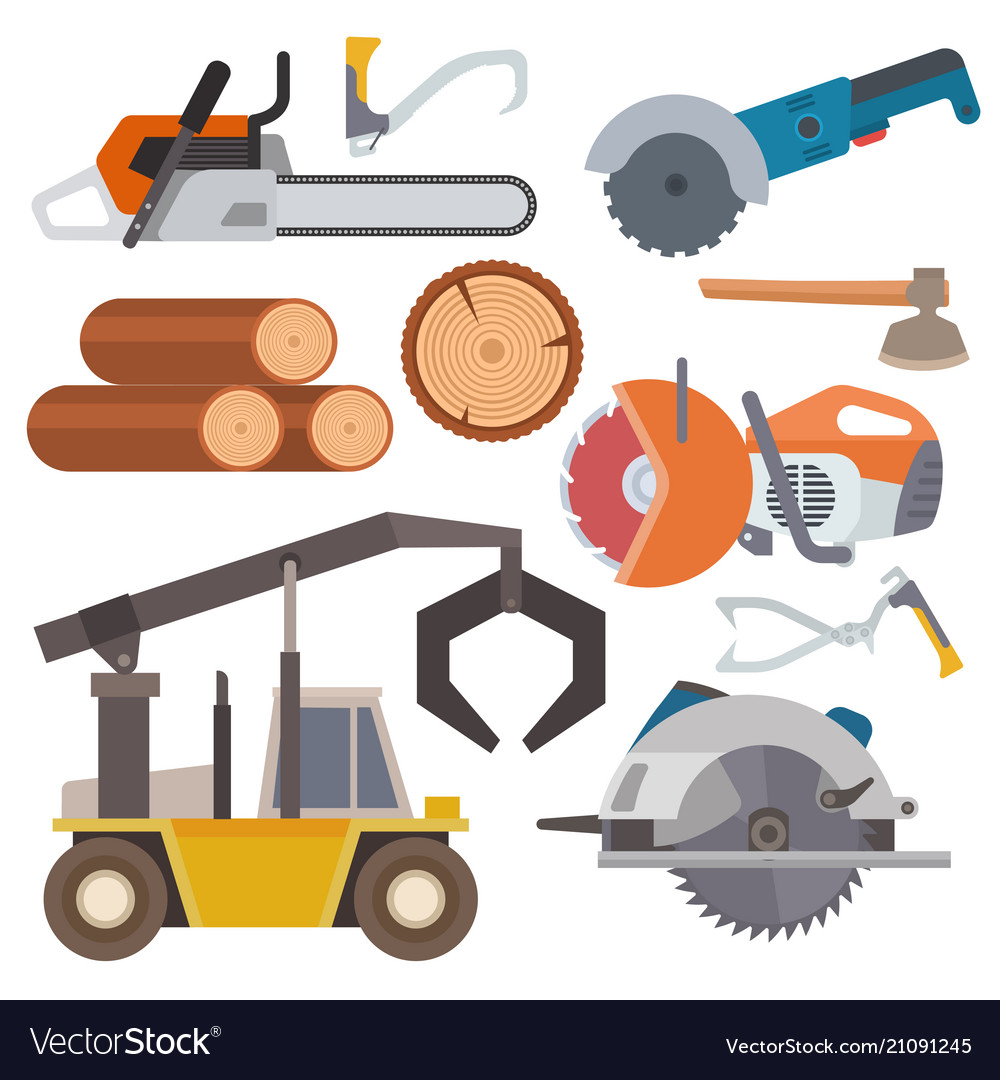This article explores the process of transforming logs into lumber using wood sawmill equipment. From the initial cutting of the logs to the final product, sawmill equipment plays a crucial role in efficiently and accurately converting raw materials into usable lumber. By understanding the various types of equipment involved and the steps in the process, readers will gain insight into the fascinating world of wood sawmill operations.
Introduction to Wood Sawmill Equipment
Wood sawmill equipment is essential for the processing of timber into usable lumber. This equipment includes various machines and tools that are designed to cut, shape, and finish wood. The sawmill is the heart of the operation, where logs are transformed into boards and beams. Other equipment such as log loaders, debarkers, and edgers are used to prepare the logs for cutting and to remove bark and irregularities. Band saws, circular saws, and resaws are used to make precise cuts, while planers and moulders are used to smooth and shape the wood. Overall, wood sawmill equipment plays a crucial role in the timber industry, ensuring efficient and accurate processing of wood products.
The Process of Converting Logs into Lumber

The process of converting logs into lumber involves several steps. First, the logs are brought to a sawmill where they are sorted and graded based on their quality and size. Then, the logs are debarked to remove the outer layer of bark. Next, the logs are cut into desired lengths using a saw. After that, the logs are taken to a machine called a sawmill, where they are sliced into boards of various thicknesses. These boards are then dried in a kiln to reduce their moisture content. Finally, the dried boards are planed to smooth their surfaces and make them ready for use in construction or other applications.
Types of Wood Sawmill Equipment
There are several types of wood sawmill equipment that are essential for the efficient operation of a sawmill. One of the most important pieces of equipment is the sawmill itself, which is used to cut logs into lumber. There are different types of sawmills available, including band sawmills, circular sawmills, and chainsaw mills. Band sawmills use a continuous band saw blade to make precise cuts, while circular sawmills use a circular saw blade. Chainsaw mills, on the other hand, are portable and can be used in remote locations. Other types of wood sawmill equipment include log decks, log turners, and log carriages, which help with the handling and movement of logs within the sawmill.
Key Features and Functions of Wood Sawmill Equipment
Wood sawmill equipment is essential for processing logs into lumber. These machines have several key features and functions that make them efficient and effective. One important feature is the ability to handle different log sizes and shapes. Sawmill equipment is designed to accommodate logs of various lengths and diameters, allowing for flexibility in the milling process. Additionally, these machines have powerful cutting blades that can quickly and accurately cut through the logs, resulting in high-quality lumber. Some sawmill equipment also includes advanced automation features, such as computerized controls and sensors, which improve productivity and reduce human error. Overall, wood sawmill equipment plays a crucial role in the timber industry by transforming raw logs into usable lumber.
Factors to Consider When Choosing Wood Sawmill Equipment
When choosing wood sawmill equipment, there are several factors that need to be considered. Firstly, it is important to assess the size and capacity of the equipment. This will depend on the volume of wood that needs to be processed and the space available in the sawmill. Secondly, the quality and durability of the equipment should be evaluated. Investing in high-quality machinery will ensure efficient and long-lasting performance. Additionally, the cost of the equipment should be taken into account, as well as any maintenance or operating expenses. Finally, it is crucial to choose equipment that is compatible with the specific type of wood being processed, as different woods may require different cutting techniques and blade specifications.
Maintenance and Safety Tips for Wood Sawmill Equipment
Maintaining and ensuring the safety of wood sawmill equipment is crucial for the smooth operation of any sawmill. Regular maintenance is essential to prevent breakdowns and extend the lifespan of the equipment. This includes cleaning the equipment regularly to remove sawdust and debris that can cause damage or clog the machinery. Lubricating moving parts and checking for any signs of wear and tear is also important. Additionally, operators should be trained on safety protocols and wear appropriate protective gear to prevent accidents. Regular inspections and repairs should be conducted to identify and address any potential safety hazards. By following these maintenance and safety tips, sawmill operators can ensure the efficient and safe functioning of their equipment.
Conclusion
In conclusion, wood sawmill equipment plays a crucial role in the process of transforming logs into lumber. From the initial cutting and debarking of the logs to the final milling and finishing of the lumber, these machines ensure efficiency and precision. With advancements in technology, sawmill equipment continues to evolve, making the process faster, safer, and more sustainable.
What is a wood sawmill?
A wood sawmill is a facility where logs are processed into lumber. It typically involves cutting, shaping, and drying the wood to produce usable timber.
What equipment is used in a wood sawmill?
Common equipment used in a wood sawmill includes a sawmill machine, log debarker, log carriage, saw blades, edger, kiln, and planer. These machines and tools help in the process of converting logs into lumber.
How does a wood sawmill work?
A wood sawmill works by first debarking the logs to remove the outer bark. Then, the logs are loaded onto a log carriage, which moves them through the sawmill machine. The sawmill machine cuts the logs into desired sizes and shapes. The cut lumber is then further processed using other equipment like an edger, kiln, and planer.
What types of wood can be processed in a sawmill?
A sawmill can process various types of wood, including softwoods like pine, fir, and cedar, as well as hardwoods like oak, maple, and cherry. The type of wood being processed depends on the specific requirements and market demand.
Is sawmilling environmentally friendly?
Sawmilling can be considered environmentally friendly when sustainable practices are followed. This includes sourcing logs from responsibly managed forests, minimizing waste through efficient cutting techniques, and using energy-efficient equipment. Additionally, some sawmills utilize by-products like sawdust and wood chips for other purposes, reducing waste and promoting sustainability.
Can I start my own wood sawmill?
Yes, it is possible to start your own wood sawmill. However, it requires significant investment in equipment, knowledge of the industry, and understanding of the local regulations and market demand. It is advisable to conduct thorough research and seek professional guidance before starting a wood sawmill business.

